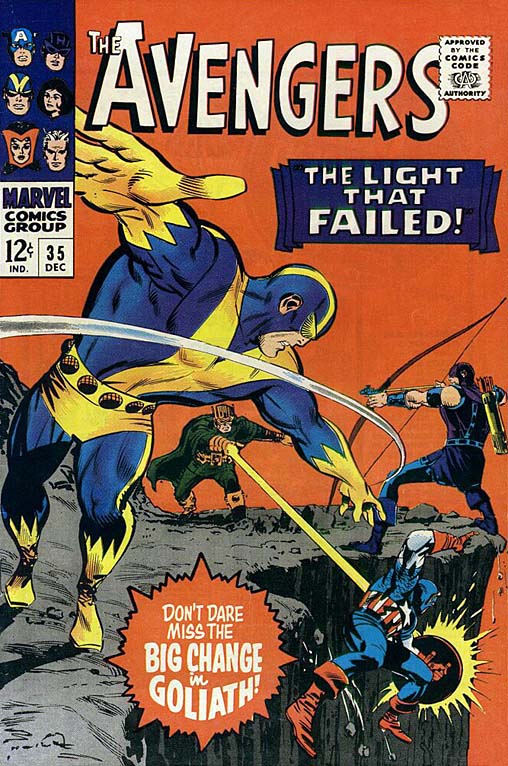So it was last Sunday, when I went to a talk and book signing by the gentlemen who do the successful comic strip "Baby Blues," Jerry Scott (writing) and Rick Kirkman (art). Jerry had been scheduled to appear last year with his "Zits" co-creator Jim Borgman but canceled for a medical emergency, so it was good to finally see him. They gave a swell chalk talk in the museum's little theater, clearly something they have a lot of experience with. Jerry spoke and Rick drew, anticipating and punctuating each other's points like a good comedy team, and they did a nice job talking about the origin of the strip, how their partnership works, how they developed the characters and themes, etc.
 View from the back row of the theater. My wife and I habitually
View from the back row of the theater. My wife and I habitually
sat up front for these things until we figured out that, when it came
time to queue up for book signings afterward, everyone behind us
got to file out of the room and get in line first. We learn by doing.
The most fun part of the talk was a look at some of the outraged letters they receive from readers--some not entirely unexpected, as when the strip jokes about (and shows) breastfeeding, but others from completely beyond left field. For example, I learned that you never want to anger square dancers. They also marveled at the mail they got when cartoonist Stephan Pastis borrowed their characters for his "Pearls Before Swine" comic strip--for example, showing the "Baby Blues" toddlers driving a car to go on a beer run. The very best part of that story? Stephan himself sitting beside me in the theater laughing his butt off.
I was really looking forward to meeting Jerry and Rick afterward. Jerry I didn't know, but Rick and I have met electronically in an Internet forum. He's said some very kind things about Mom's Cancer and even given me some invaluable Photoshop advice. So I figured he'd recognize my name, and it turned out Jerry did, too, and we all had a very nice conversation for a minute until it was time to move the line along.
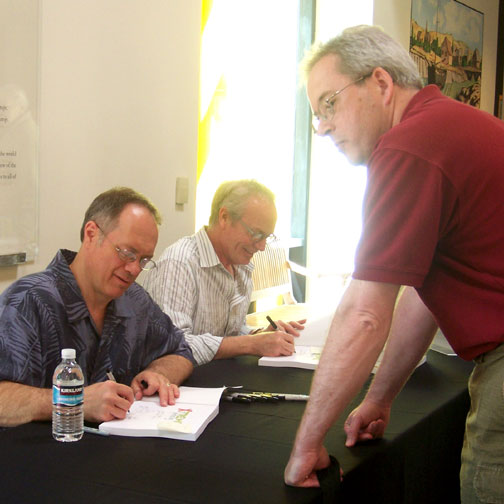
Rick, Jerry and me

What Rick is drawing in the photo above. This
brings my collection of original "Mom and Dad
cartoon character art" to two (see Borgman).
Once again, after hearing Scott and Rick's talk, I was struck by how hard these guys work. Anytime I've met professionals at the top of their field (any field, not just cartooning), I came away impressed by the time and dedication they devote to it. That seems like such an obvious secret of success--"hard work, huh, who'da figured?"--and yet it seems to be the one thing I've seen that always separates the achievers from the wannabes. It also always strengthens my resolve to do better.
.


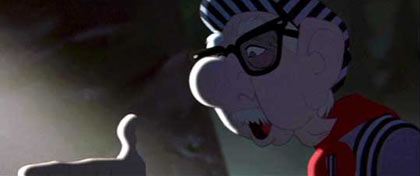
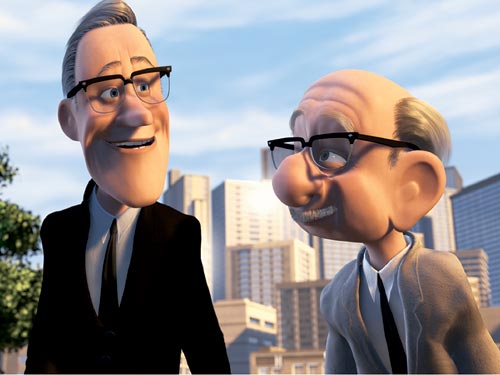

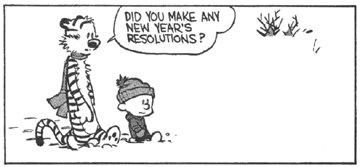 I'm reminded of Jack Benny's ability to get laughs with silence, the audience reading his mind and filling in funnier responses than he could possibly voice. One imagines that the perfect cartoonist would somehow be able to communicate an idea by drawing nothing at all.
I'm reminded of Jack Benny's ability to get laughs with silence, the audience reading his mind and filling in funnier responses than he could possibly voice. One imagines that the perfect cartoonist would somehow be able to communicate an idea by drawing nothing at all.